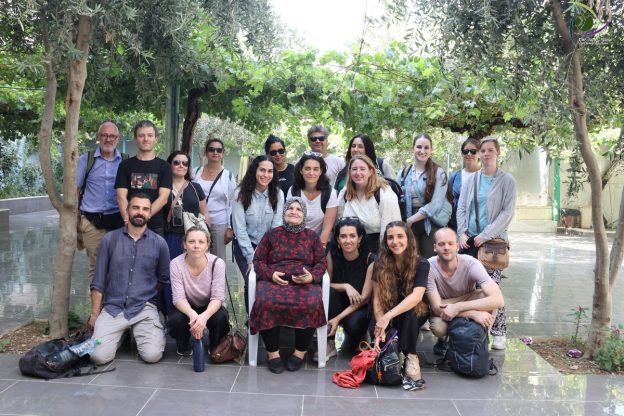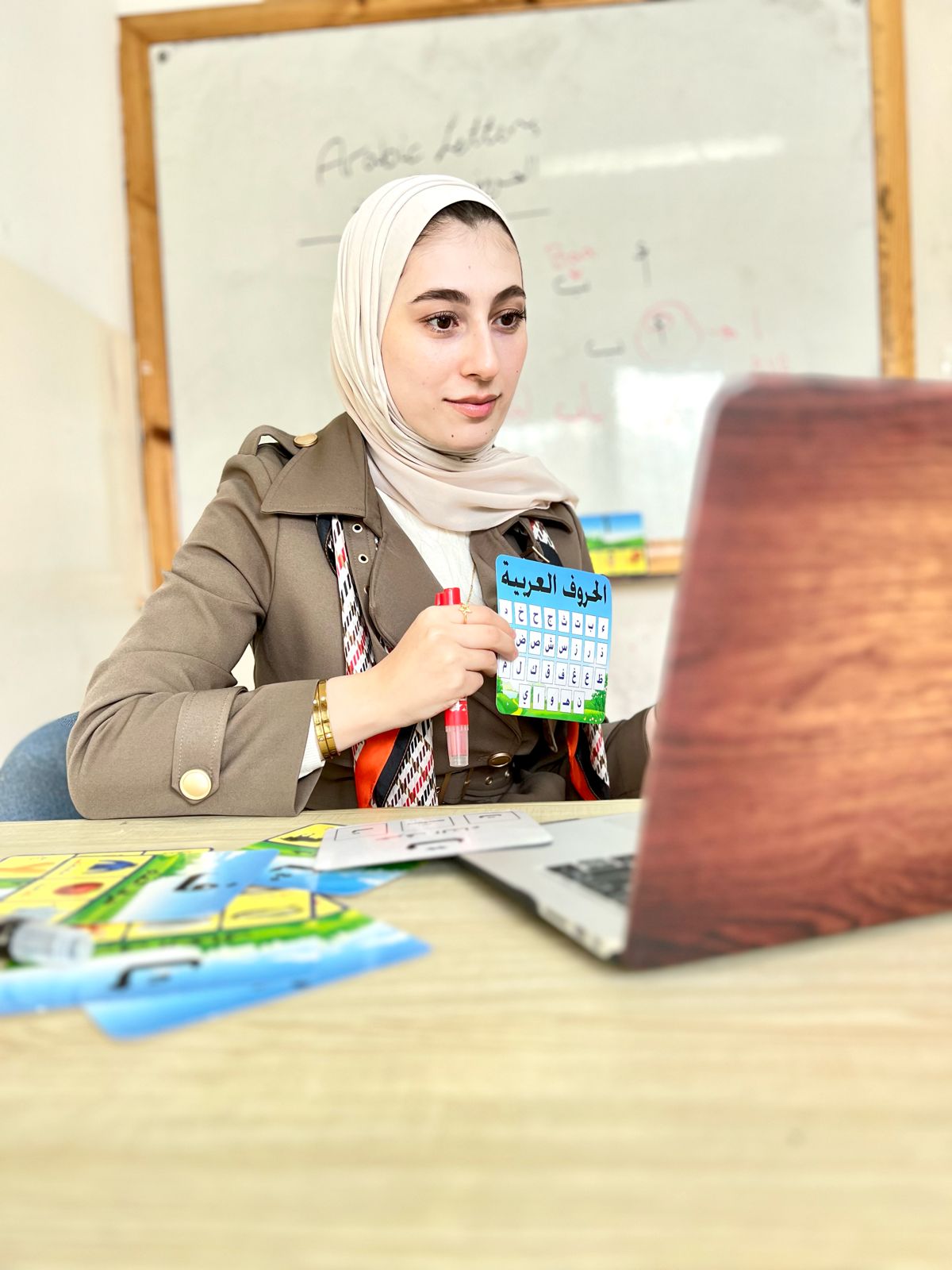Coming to Palestine isn’t usually on most people’s ‘to travel’ list. However, we think that’s a terrible misconception!
There are so many great things to see and do in the West Bank, and more people should be coming to spend time in this unique place. But it’s understandable if you have some questions about the place. It doesn’t really get the best rap in the news.
Read the following to learn more about arriving in and getting around Palestine in 2025.
Table of Contents
How to deal with the transportation in Palestine?
Getting around Palestine is quite easy. Transportation in most cities is done by taxi, which can be private or shared. Most intercity travel is done by Service (pronounced Servees), minivans that seat about 8 people and usually display their destination on their front window. If you don’t read Arabic, you will definitely hear the drivers shouting out their destinations. For Hebron, listen for the Arabic name of ‘Al Khalil!’, and for Jerusalem, listen for ‘Al Quds’. If you’re not sure where to get the bus from, ask any friendly person in the street.


Services usually wait to depart until they’re full of passengers. If there are a lot of people going to your destination, you might get there quite quickly. If it’s a slower time of day, or not many people are going your way, it might take a bit more time to get on the road. Make sure to ask the driver or any of your fellow passengers for the price, and that you have enough cash on you to pay the fare (exact change or close enough is usually appreciated).
What kind of currency is used in Palestine?
The currency in Palestine is the New Israeli Shekel. You can use a currency converter tool to see the rate and visit websites like Numbeo to get a sense of the current cost of living for everyday expenses.
While there are some places you can pay by card, primarily larger supermarkets and some restaurants, Palestine is primarily a cash economy. It is best to assume that you will need to pay in cash when you go somewhere, so make sure you have enough on your person. The best ATM for international cards is usually the Bank of Palestine.
What is the weather like in Palestine?
When traveling in the West Bank, it’s best to dress for the season. So what can you expect?
Summer Jun-Aug): The summer season in Palestine can get quite hot, especially in the direct sunlight. In the shade, it’s not as bad. To protect yourself from the sun, as well as to be respectful of the local culture, we recommend that you wear long, loose clothing that isn’t too dark in colour.
Winter (Dec-Feb): With such low humidity, the winters in the West Bank can get extremely cold. Like during the summer, if you get a spot of sunshine, it can be really warm, but in the shade, it is chilly. Make sure you pack your thermals and a big jacket to keep you cosy, and maybe invest in some woolly socks.
Expect somewhere between these two during the rest of the year. Whatever the season, it’s good to be prepared and have clothing for warm weather and cold weather.
How do Palestinians manage their day-to-day life?
Day-to-day life under occupation is incredibly difficult for most Palestinians. While they do their best to go about life normally, the shadow of Israeli presence is always there. Even in Area A, where people are supposed to be safe from the occupation forces, their movement is still controlled if they want to leave or enter even the cities where they live. There are also regular raids and housing demolitions that keep people living in fear.
Despite these challenges, the Palestinian spirit is indomitable. Local people doggedly pursue advanced education for their futures, support each other with a deep sense of community, and hold onto the hope that one day, the occupation will end and they will be allowed to live with equal rights and opportunities. It is this resilience that keeps their fighting spirit alive.
Do Palestinians control their borders?
The short answer is no.
Anyone travelling to the West Bank must either travel through Israel’s main Ben Gurion airport or cross the land border from Jordan. The main land crossing, King Hussein Bridge, has three sets of checks to go through – Jordanian exit immigration, Israeli entry immigration, and then finally the Palestinian Authority entry immigration. Even traveling directly from Jordan into the West Bank, people need to pass through Israeli immigration.
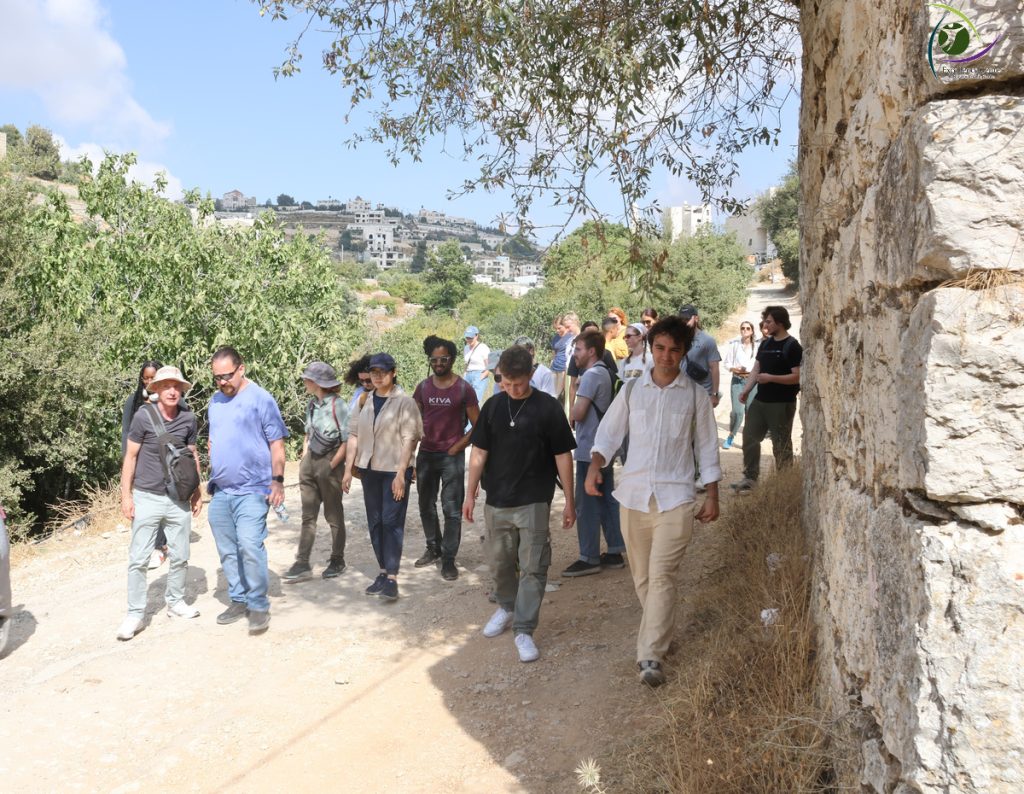
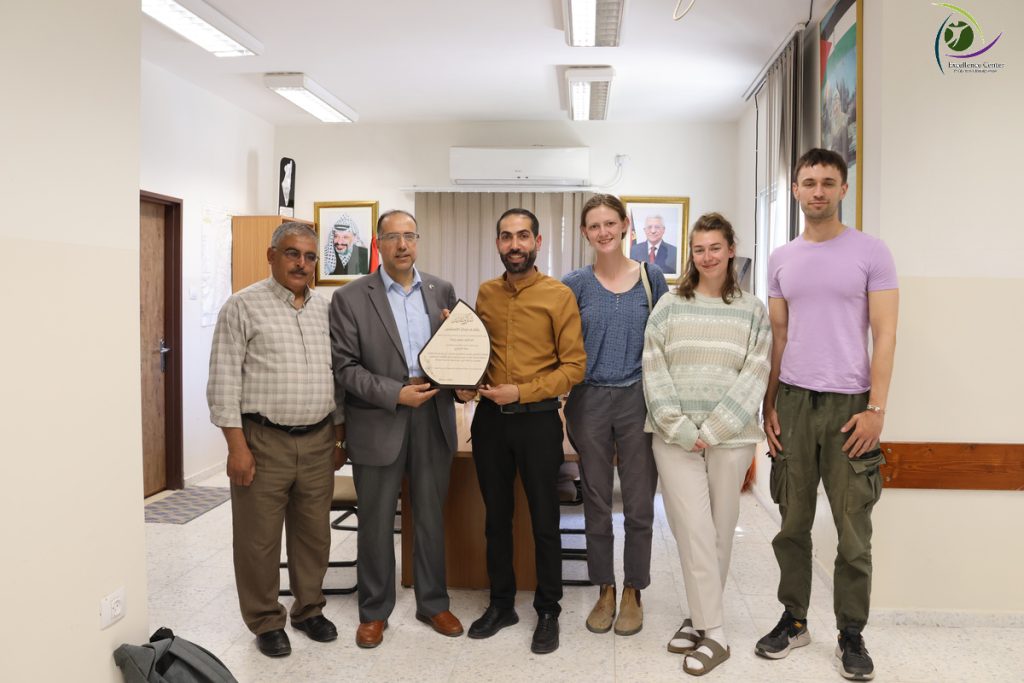
Thinking of coming to the West Bank, but all of this sounds a bit tricky? We have some articles that can help! Read more about traveling from Jordan to Palestine here, or getting from Ben Gurion to the West Bank here.
Can I visit a refugee camp in Palestine?
Yes. There are 19 official refugee camps in Palestine. They house the people who fled from their homes in the 1948 Nakba (or catastrophe) during the formation of the state of Israel. To this day, these Palestinians and their descendants are officially registered with the United Nations Relief Works Agency, the branch dedicated to supporting Palestinians who were forced to leave.
What started as makeshift camps with tents has now turned into more permanent structures over the years. Now, many refugee camps in Palestine look like smaller, more crowded towns. There are two primary camps in close proximity to Hebron city – Al Fawwar and Al Arroub. These camps face a lot of difficulties like reduced access to essential services, cramped living conditions, limited mobility, and regular raids by occupying soldiers.
People at the refugee camps, especially children, appreciate visits by international people, as it is a chance for them to learn more about people from other places, have meaningful cultural exchange, and share their stories of life living in a refugee camp.
How to deal with Israeli checkpoints in the West Bank?
Checkpoints are designed to restrict the movement of Palestinians around the West Bank and Israel, making life incredibly difficult for many people. If you travel anywhere in the West Bank or between Israel and the West Bank, you will need to pass through Israeli checkpoints.
These checkpoints are usually guarded by armed soldiers, who will sometimes check the IDs of incoming or outgoing drivers and passengers, and sometimes check the vehicles they travel in. This process can make waiting times at some checkpoints really long. For internationals, the soldiers usually won’t speak to you, but sometimes they may ask you where you’re from and ask to check your ID, so make sure you always have it with you when you’re travelling. Just be friendly and answer the questions you’re asked.
The important thing to note is that checkpoints are subject to close without notice, especially at night, which can impede travel plans and force the use of ‘off roads’ to reach different destinations, so make sure you leave yourself plenty of time to get to your destination. If you’re with a local driver, they will likely be keeping an eye on which gates are open and which are closed, or which are being checked by soldiers.
Have you heard about Shuhada Street in Hebron?
Once a thriving marketplace and hub of Hebron City, Shuhada Street now more closely resembles a ghost town. Since 1997 and the Hebron protocol (which split Hebron city into two parts – H21 and H2), Palestinian shops were all forced to close, Palestinian cars are not able to drive on Shuhada Street, and many front doors of Palestinian homes that opened onto the street were welded shut. Now, people need to cross an Israeli checkpoint in order to access the street. For those who live there, it means they have to cross a checkpoint every time they go to school, work, or just to buy something from the shops.
Do Palestinians and Israelis live together?
Modern-day Palestine is made up of two territories – the Gaza Strip on the west coast and the West Bank, which borders Jordan. From 1967, the West Bank has been occupied by Israel, with the building of settlements and the growing population of Israeli settlers that come to live in them seen as illegal under international law.
Since the Oslo II Accords, the West Bank has been split into three parts – Area A, which is controlled by the palestinian Authority and makes up 18% of the landmass, Area B, which is under shared control by Israel and the Palestinian Authority and makes up 22% of the landmass, and Area C, which is controlled by Israel and makes up about 60% of the landmass. Currently, Area A is off-limits to Israeli citizens, and most of Area C is designated specifically for Israeli use. The city of Jerusalem is also split into two parts – West Jerusalem, which is Israeli, and East Jerusalem, which is Palestinian.
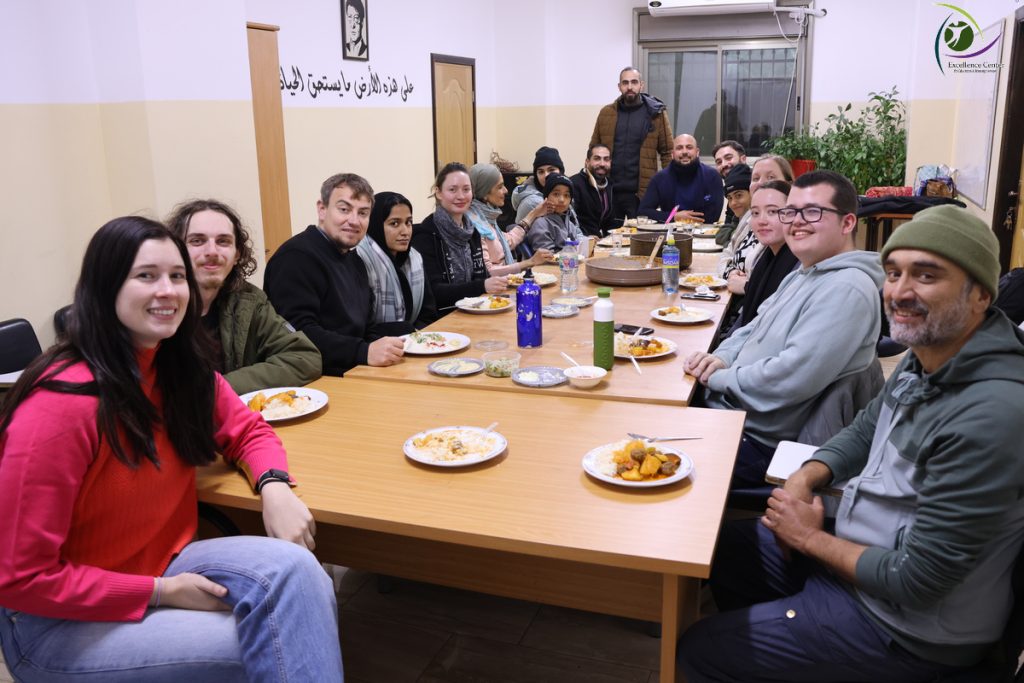
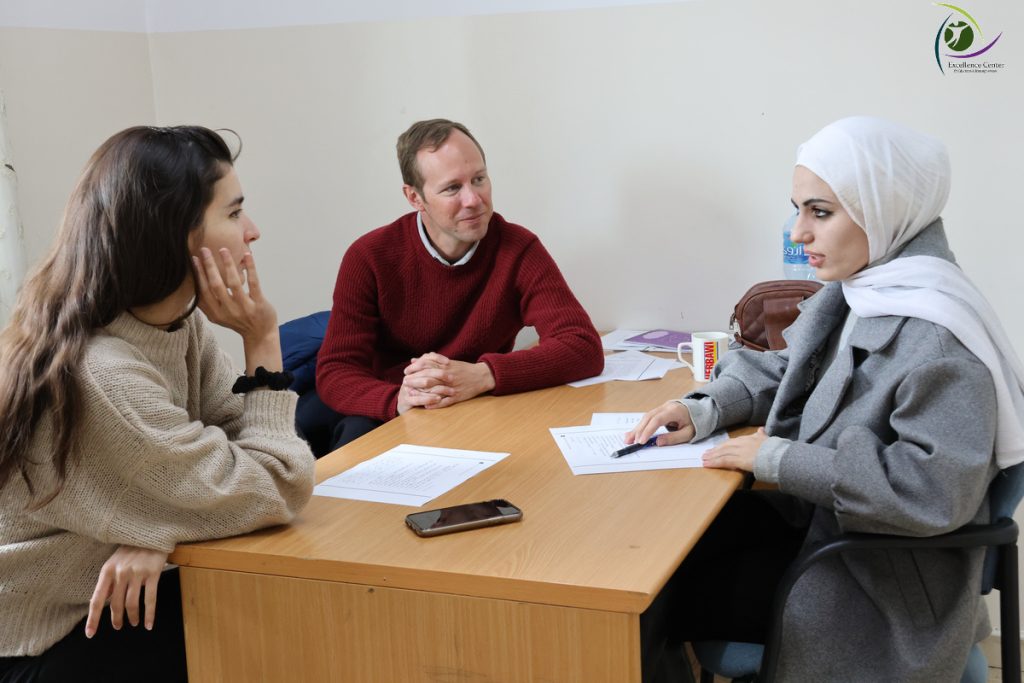
The short answer to the question is that there is little interaction between Israelis and Palestinians, mostly by design. They are separated by walls and guards, and Israeli settlers in the West Bank are protected by a significant military presence.
Why can’t I apply for a Palestinian visa?
At the moment, there is no separate visa to come to Palestine. All visitors to Palestine must pass through Israeli border immigration and obtain an Israeli visa. There are tourist visas available on arrival for up to 90 days at a time.
Is there a direct flight to Palestine?
No, it is not possible right now to fly directly into Palestine. For context, Palestine does not have a functioning airport. Their airport was closed by Israel during the Second Intifada in 2001. As mentioned earlier in the article, anyone traveling to the West Bank must either fly into Jordan and use the land crossing into the West Bank, or fly into Israel’s main Ben Gurion airport and enter through Jerusalem.
Summary
Got more questions? We have the answers! Feel free to get in touch with our friendly team at the Excellence Center Palestine to learn more.
Or, why not consider making volunteering or Arabic study part of your trips? We have a great deal of programs available for people of all interests and skill levels.
Reach out to rafat@excellencecenter.org to learn more!
